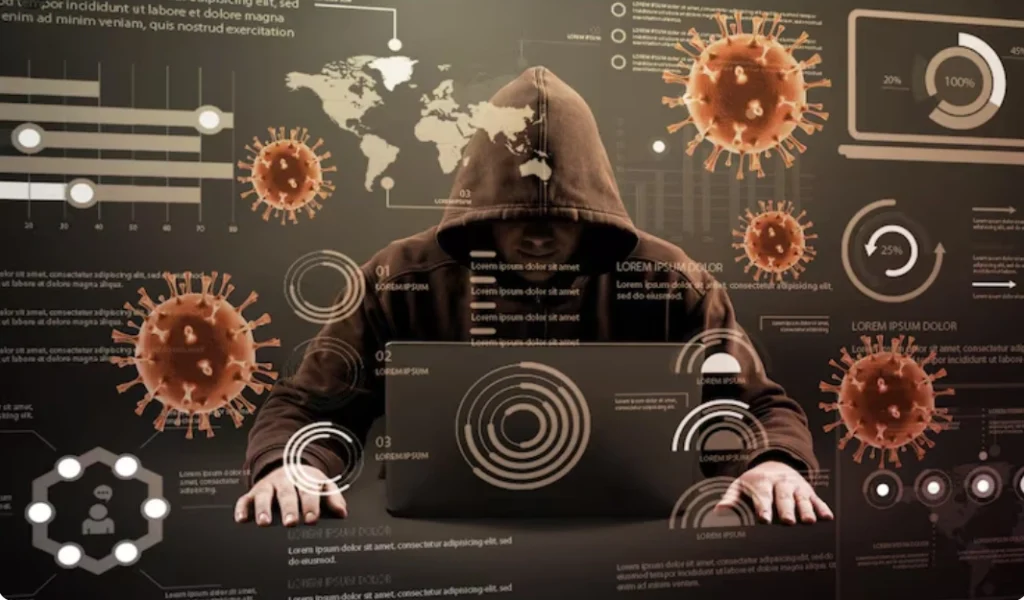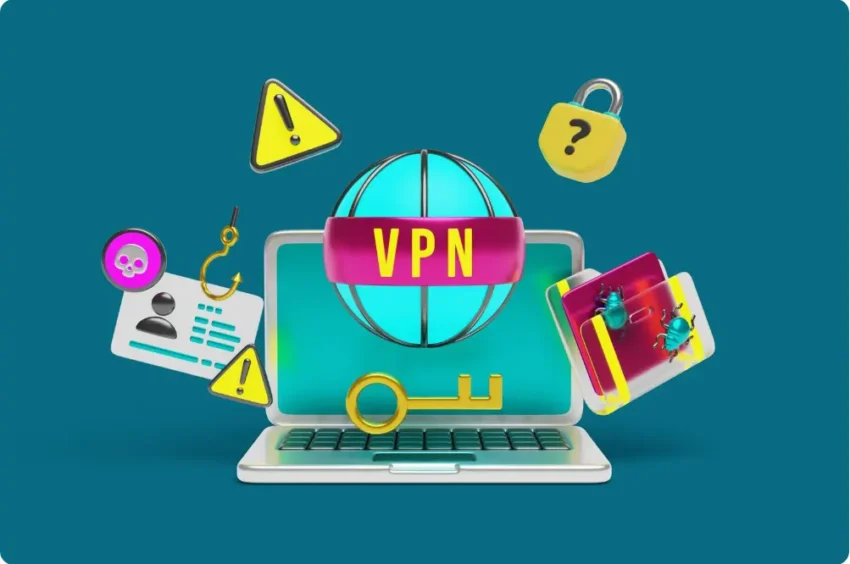Malware Prevention: A Comprehensive Guide
Malware Prevention is one of the most important aspects of cybersecurity today. Whether you are an individual user, a small business, or a large enterprise, proactive steps toward preventing malware infections are essential. This guide covers what malware is, why malware prevention matters, types of malware infections, and detailed, actionable strategies for malware prevention. By the end, you’ll have a solid understanding of how to protect your systems, data, and digital life.
Table of Contents
- What Is Malware?
- Why Malware Prevention Matters
- Types of Malware and Infection Vectors
- Key Principles of Malware Prevention
- Best Practices for Malware Prevention
- Advanced Techniques and Tools
- Developing a Malware Prevention Policy
- Incident Response: What to Do When Prevention Fails
- Future Trends in Malware and Prevention
- Conclusion
1. What Is Malware?
- Definition: Malware (malicious software) refers to any software intentionally designed to cause damage to systems, steal data, spy on users, or compromise system integrity. Common forms include viruses, worms, trojans, spyware, adware, ransomware, rootkits, and fileless malware.
- Objectives of Malware:
- Stealing personal or business data (credentials, financial info)
- Ransom / extortion (e.g. ransomware)
- Sabotage or destruction of data
- Hijacking resources (for example, botnets for sending spam or distributed denial-of-service attacks)
- Covert surveillance
Understanding what malware is and what it seeks to do is the foundation for effective malware prevention.
2. Why Malware Prevention Matters
- Data integrity & privacy: Malware can leak or corrupt private data, causing irreversible harm.
- Financial cost: Cleaning up infections, paying ransoms, loss of productivity, legal liabilities can all cost a lot.
- Reputation: If a business is compromised, customer trust may be lost.
- Operational impact: Systems may slow down, freeze, be taken offline.
- Compliance & legal risks: Many industries face regulatory requirements for data protection (e.g. GDPR, HIPAA etc.). Malware breaches can lead to penalties.
Because the cost (monetary, reputational, operational) of a malware incident is much greater than the cost of prevention, investing in strong malware prevention makes sense.
3. Types of Malware and Infection Vectors
Before prevention, you need to understand how malware spreads. Here are the major types and vectors:
Types of Malware
- Viruses – attach to files, replicate when those files are accessed.
- Worms – self‑replicating malware that spreads automatically over networks.
- Trojans – disguised as legitimate software, but perform malicious actions.
- Ransomware – encrypts data, demands payment for decryption.
- Spyware / Keyloggers – monitor user activity, often to steal credentials.
- Adware – display unwanted ads; sometimes used to deliver other malware.
- Rootkits – hide deep in system, often to provide backdoor access.
- Fileless Malware – operates in memory or exploits scripts, without leaving many traces.
Infection Vectors
- Phishing emails (malicious attachments or links)
- Drive‑by downloads from untrusted or compromised websites
- Software downloaded from unofficial or pirated sources
- Removable media (USB drives, external hard disks)
- Vulnerabilities in outdated software or operating systems
- Social engineering (trick users into installing malware)
- Malicious ads / malvertising
Understanding these helps you to know where to focus malware prevention efforts.
4. Key Principles of Malware Prevention
To build an effective malware prevention strategy, adhere to the following principles:
- Least Privilege
Only give users, processes, and applications the minimal privileges necessary. If a compromised account has minimal rights, damage is limited. - Defense in Depth (Layered Security)
Use multiple layers (endpoint protection, network controls, strict authentication, backup) so that if one layer fails, others still protect. - Proactive vs Reactive
Prevention is about stopping threats before they happen. Reactive is cleanup. The goal is to shift more resources toward proactive measures. - Regular Updates and Patch Management
Many malware exploit known vulnerabilities. Regular patching reduces this risk significantly. - User Education and Awareness
Many infections start with human error: clicking bad link, opening suspicious email. Training users reduces risk. - Monitoring & Logging
Detecting unusual behavior early helps prevent malware from causing major damage. Logs, alerts, and real‑time monitoring are key. - Strong Authentication and Access Controls
Use multi‑factor authentication, strong passwords, identity verification, and limit access.
5. Best Practices for Malware Prevention
Here are detailed, actionable best practices for malware prevention. Use as a checklist or as part of organizational policy.
A. Keep Software Up to Date
- Enable automatic updates for OS, applications, browsers, plugins.
- Regularly check for security patches, especially for widely used software (browser, PDF readers, Java, Flash etc.).
- Update antivirus / antimalware definitions daily.
This prevents attackers from using known exploits.
B. Use Robust Antivirus / Anti‑Malware Software
- Choose a reputable product.
- Enable real‑time scanning.
- Schedule full system scans regularly.
- Ensure the product handles not just signature‑based detection but heuristic, behavior‑based detection, to catch new or altered malware.
- Consider endpoint protection / EDR (Endpoint Detection and Response) for businesses.
C. Use a Firewall and Network Security Tools
- Enable host firewalls (on individual machines).
- Use network firewalls at perimeter.
- Use Next‑Generation Firewalls (NGFWs), intrusion detection/prevention systems (IDS/IPS).
- Use web filtering to block malicious sites, block insecure or harmful content.
D. Limit and Control Access
- Principle of least privilege: users get only required permissions.
- Use role‑based access control (RBAC).
- Multi‑factor authentication (MFA) everywhere possible.
- Strong password policies: complexity, length, avoid reuse.
E. Secure Email and Messaging
- Use spam filters, domain filtering, anti‑phishing tools.
- Train users to recognize phishing emails.
- Don’t open attachments or click links from unknown or unexpected sources.
- Use email security solutions to scan attachments and links before delivery.
F. Safe Browsing Practices
- Use trusted browsers and keep them updated.
- Avoid downloading from untrusted websites.
- Check site security (HTTPS vs HTTP).
- Use ad blockers or script blockers to avoid malvertising.
G. Backup and Recovery
- Maintain regular backups of important data.
- Store backups offsite or in isolated environments not always connected.
- Test backups periodically to ensure they can be restored.
- Use versioning so backups aren’t overwritten by malware.
H. Network Segmentation & Zero Trust
- Divide networks into segments; limit lateral movement of malware.
- Build Zero Trust architecture: don’t trust anything by default. Verify every access request.
I. Use Advanced Tools and Technologies
- Endpoint threat detection & response (EDR) tools.
- Behavior‑based detection & anomaly detection.
- Memory protection for fileless threats.
- DNS security (blocking malicious domains / command & control servers).
- Sandboxing: run suspicious attachments/files in isolated environment.
6. Advanced Techniques and Tools
For organizations and more technically mature setups, these advanced measures help strengthen malware prevention even further.
- Threat Hunting
Proactively search for malware or indicators of compromise (IoCs) in logs, network flows, user behavior. Not waiting for alerts, but actively looking. - Machine Learning / AI‑Based Detection
Use tools that analyze behaviors, not just signatures. Detect new, unknown variants. - Content Disarm & Reconstruction (CDR)
For email attachments or file uploads, strip out active content that could be malicious while preserving the usable parts of files. - Incident Simulation / Red Teaming
Regularly test your defenses by simulating phishing attacks, penetration tests, mock malware attacks to see how systems respond. - Logging, Monitoring, and Automated Alerting
Maintain comprehensive logs. Monitor for unusual behavior. Use tools that alert when there’s anomalous activity. - Using Zero Trust Architecture
Strong identity management; verify every user/device before granting access. Micro‑segmentation of network. Least privilege. - Memory Protection & Fileless Malware Defense
Since some malware doesn’t write to disk, tools that monitor process behavior, memory usage, and script execution are becoming more important.
7. Developing a Malware Prevention Policy
For companies or institutions, having a formal policy helps ensure consistency and accountability.
- Define Roles and Responsibilities – who is responsible for what (IT team, users, management).
- Acceptable Use Policy – what users can or can’t do (downloads, browsing, external drives, untrusted software).
- Patch Management Policy – schedule, responsibilities for updating systems.
- Incident Response Plan – what to do when malware is detected (isolate, alert, restore, forensics).
- Backup Policy – what gets backed up, frequency, storage location, testing.
- User Education / Training Program – regular training; how to report suspected threats.
- Audit and Review – periodic reviews of policy effectiveness, updating with new threat info.
8. Incident Response: What to Do When Prevention Fails
Even with strong prevention, occasionally malware infections occur. Being ready to respond can drastically reduce damage.
- Detect Early
Use monitoring tools, endpoint alerts, logs. Signs include unusual activity, slow performance, unexpected network traffic. - Isolate Affected Systems
Remove from network to prevent spread; disable network shares, WIFI etc. - Determine Scope and Damage
What systems/files/data are affected? Which malware variant? Can you identify source? - Remove Malware
Use updated antivirus / anti‑malware tools; sometimes need specialized tools. In worst cases, restore from clean backup. - Restore and Recover
Use backups; ensure that restores are clean. Before reconnecting systems to network, ensure they’re malware‑free. - Forensics and Root Cause Analysis
Identify how malware got in; fix the vulnerability. Use the findings to improve prevention policy. - Communicate
If you are in a business, customers or stakeholders may need to be informed. Transparency helps with trust. - Post‑Incident Review & Updates
Update policies, tools, training based on what was learned.
9. Future Trends in Malware and Prevention

- Increasing Sophistication: Fileless malware, polymorphic malware (which changes code to avoid detection), malware using AI to evade detection.
- More Targeted Attacks: Instead of mass attacks, more focus on specific high‑value targets.
- IoT & Edge Devices: As more devices connect (smart appliances, sensors), many with weak security, they become potential infection points.
- Ransomware as a Service (RaaS): Malicious actors offering ransomware tools to others.
- Zero‑Trust and Behavior‑Based Security will be more widespread.
- Privacy & Regulation: Laws may force stronger protections, reporting, and penalties.
10. Conclusion
Malware Prevention is not a one‑time task but a continuous process. It involves technical measures (software updates, antivirus, firewalls), organizational policies (access control, backup, training), and vigilance (monitoring, response plans). The cost of being proactive is far less than the cost of cleanup, data loss, reputational damage, or regulatory penalties.
By following the principles and best practices laid out here, you can significantly reduce your risk of malware infection. Whether you are securing your personal computer or protecting a large enterprise network, a layered, vigilant, and proactive approach to malware prevention will serve you well.
